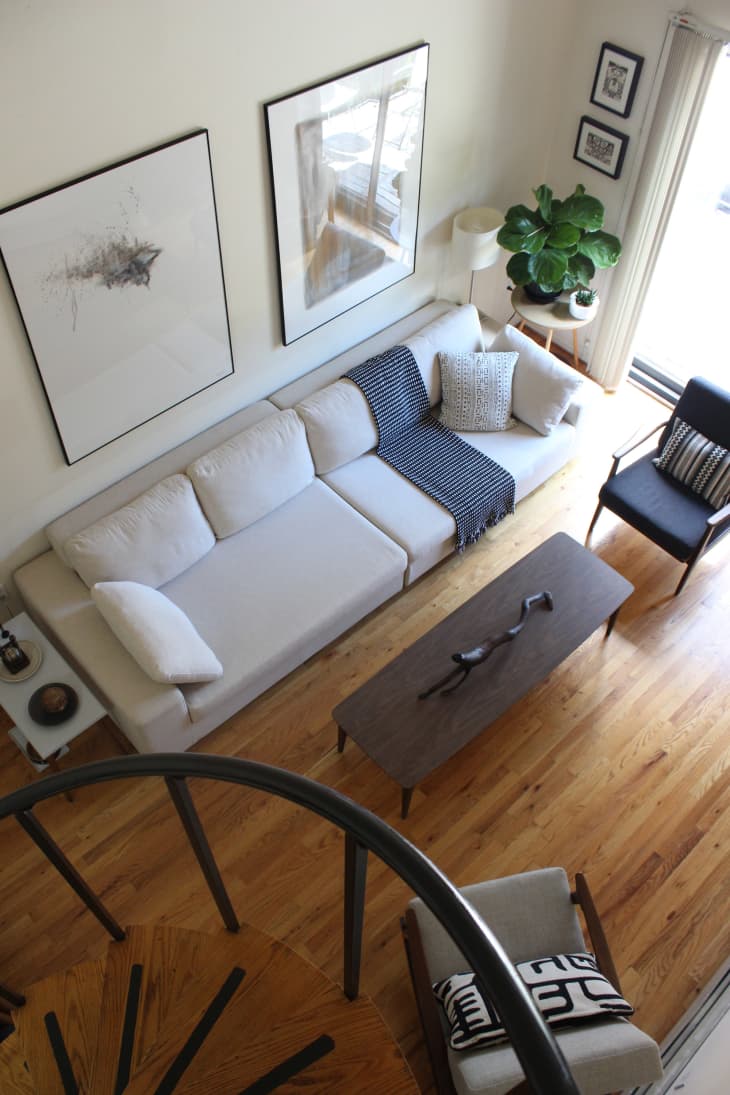Spring Cleaning Tips for Allergy Sufferers

Spring cleaning is a mixed bag for those who suffer from dust and other allergies. On the one hand, it’s a great opportunity to clean many oft-overlooked items that could be harboring allergens. On the other hand, the cleaning itself may set off fits of sneezing, watery eyes, and congestion. Following are some spring cleaning tips for allergy sufferers.
What to Clean:
If you suffer from allergies, pay attention to these areas of your home when you undertake a bigger spring clean.
1) Mold in bathrooms. While you may not usually be affected by mold, the combination of spring pollen and dust in addition to mold may overload your system, and you could find yourself reacting to mold. In any case, you probably want to clean any mold or mildew in the bathroom, where humid conditions often encourage their growth.
2) Curtains are giant allergen collectors, and they should definitely be cleaned periodically. Make sure to read care instructions. Some curtains you can throw in the wash. Others you might be able to steam clean. If you have to take them to the dry cleaners, try to air them out before you put them back in order to minimize exposure to the dry cleaning chemicals, which could also induce an allergic reaction.
3) Ceiling fans. I try to clean mine every month, but sometimes I just don’t get to it. Like any flat surface, however, the blades accumulate dust — which gets introduced into your breathing zone when the fan is turned on. Use a microfiber duster, which will “grab” dust rather than just stirring it around. Or try using a pillow case.
4) Upholstered furniture. While the most allergen-resistant furniture is made from leather or other materials that can’t harbor allergens (like wood), most of us have at least some upholstered pieces in our homes. Vacuuming or steam cleaning are great ways to drastically reduce the amount of allergens in furniture.
5) Under things. If you’re not the type to move furniture and get thoroughly under, behind, and around every crevice every time you vacuum, now’s the time. Getting rid of hidden dust bunnies will definitely help you breathe easier.
6) Blinds and shutters. While these types of window treatments tend to be better than curtains when it comes to harboring allergens, they still need to be dusted or wiped down.
How to Clean:
Many allergy sufferers would start sneezing just at the thought of the cleaning mentioned above. Indeed, cleaning often kicks up allergens that are present but not necessarily in our breathing zone. Following are some cleaning principles to stick to in order to minimize allergy attacks while cleaning.
1) Wear a dust mask.
2) Use a vacuum with a HEPA filter.
3) Clean “top to bottom” so that you make sure to clean any stirred-up dust and other debris that settles on the floor.
4) Avoid harsh cleaning chemicals, which can exacerbate sensitive nasal passages and airways.